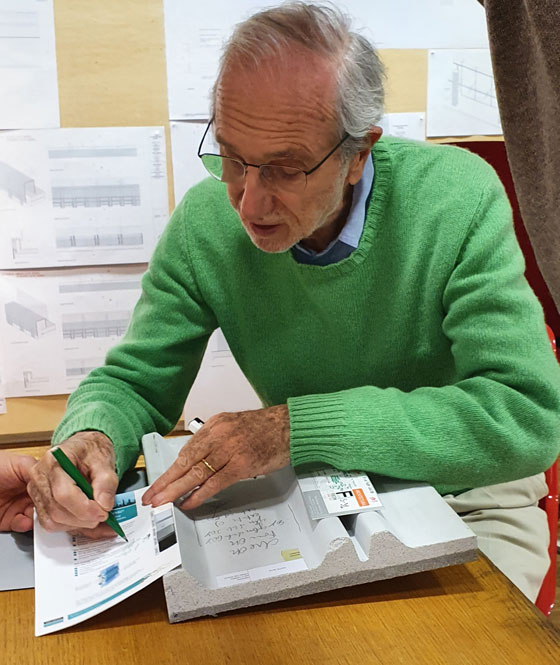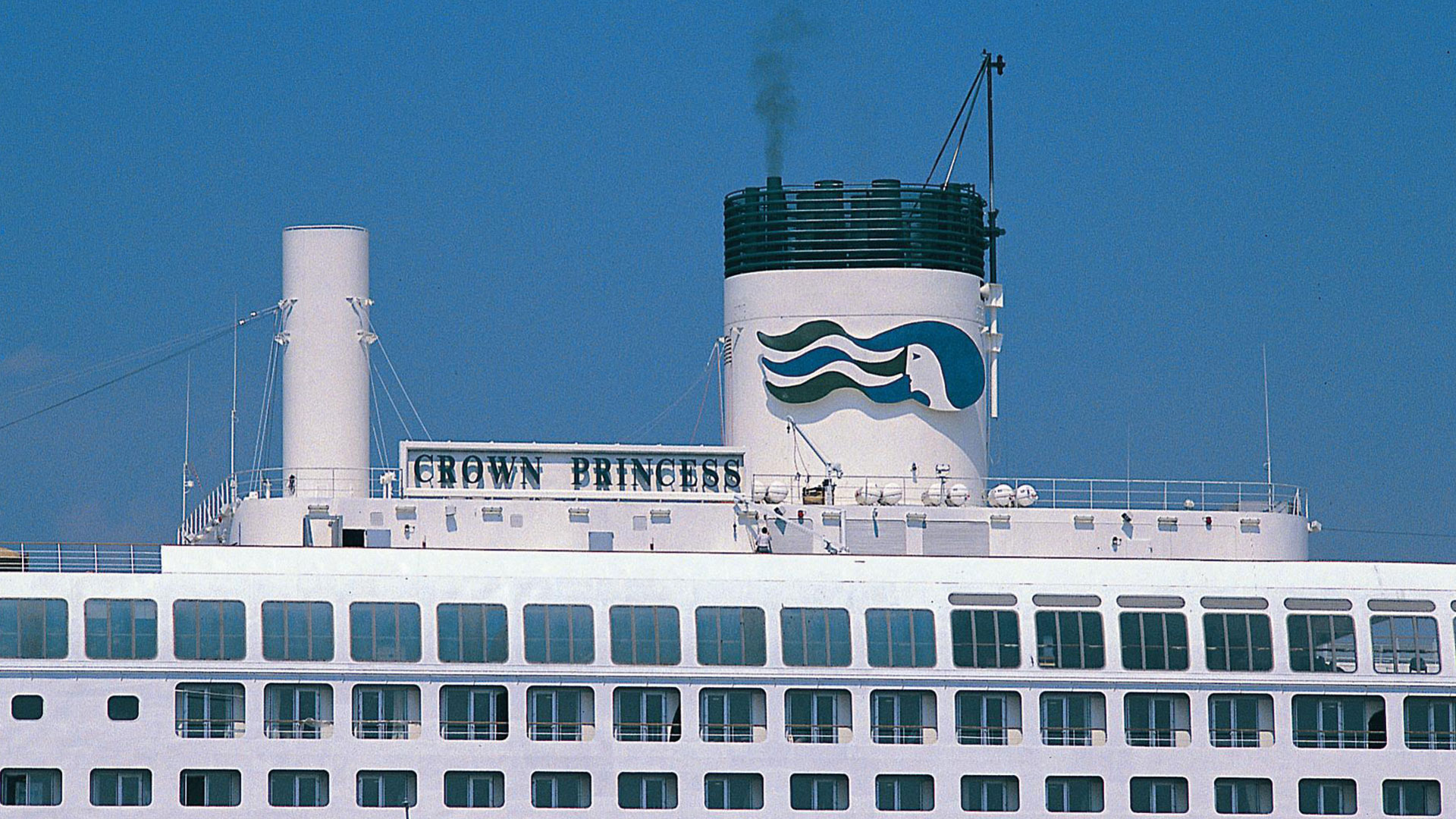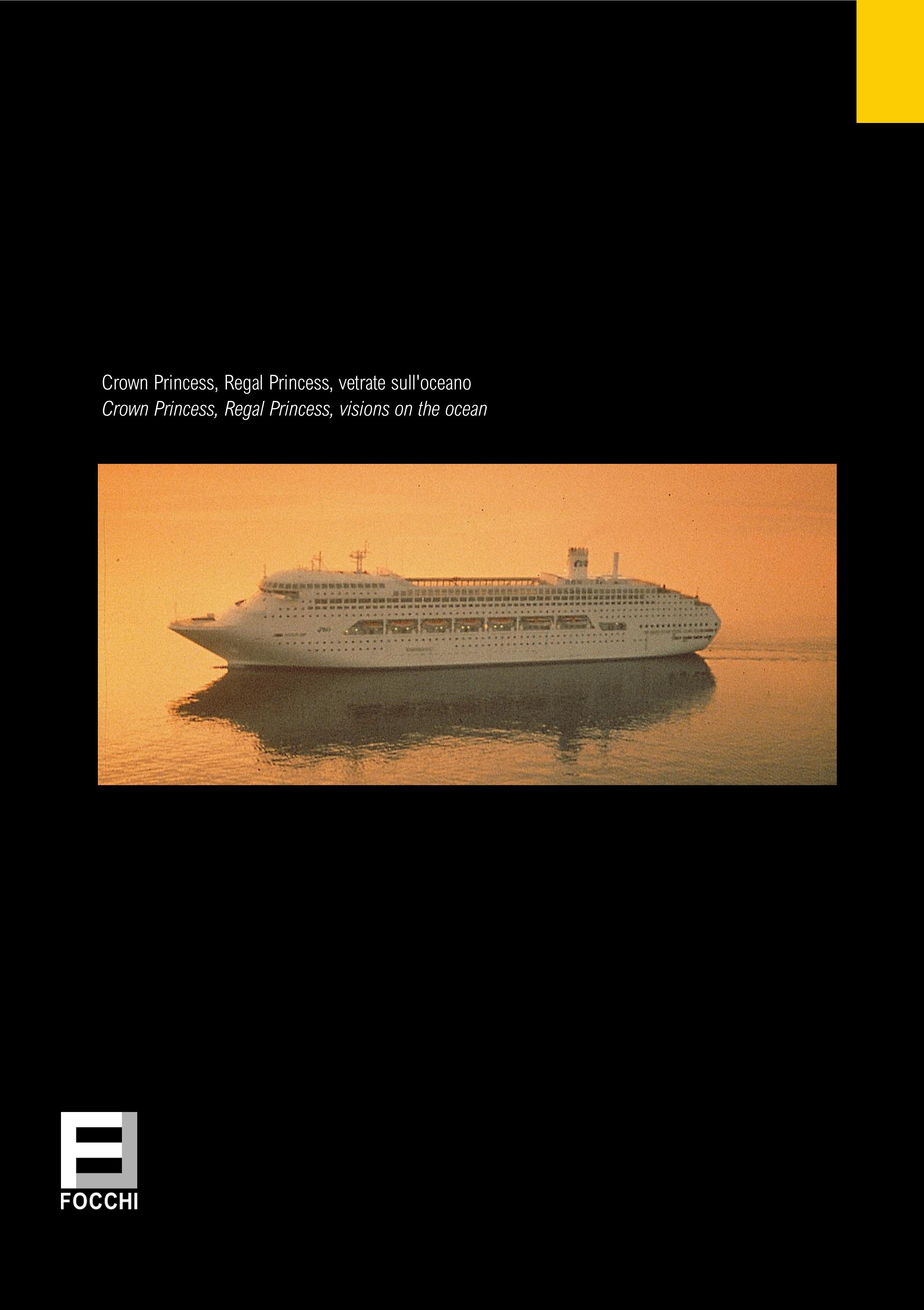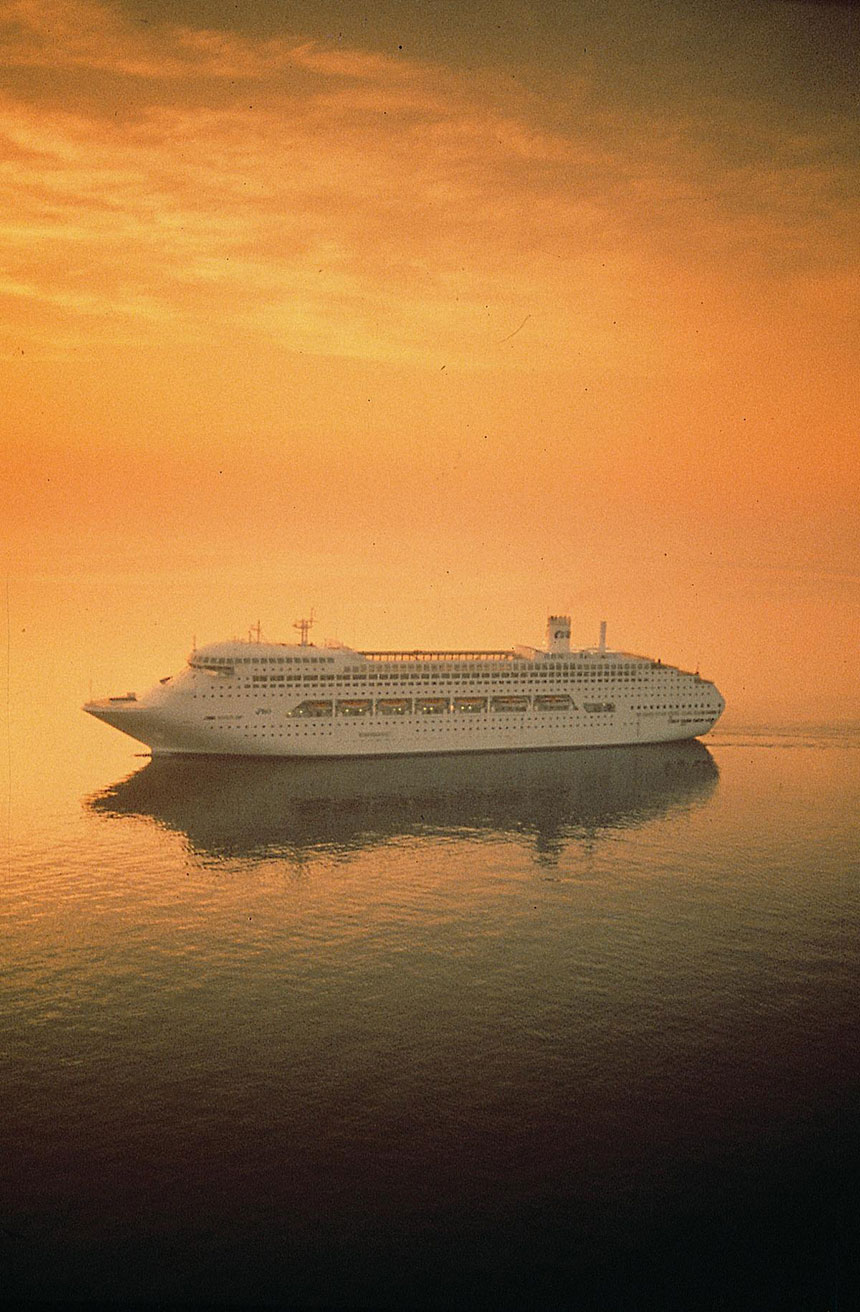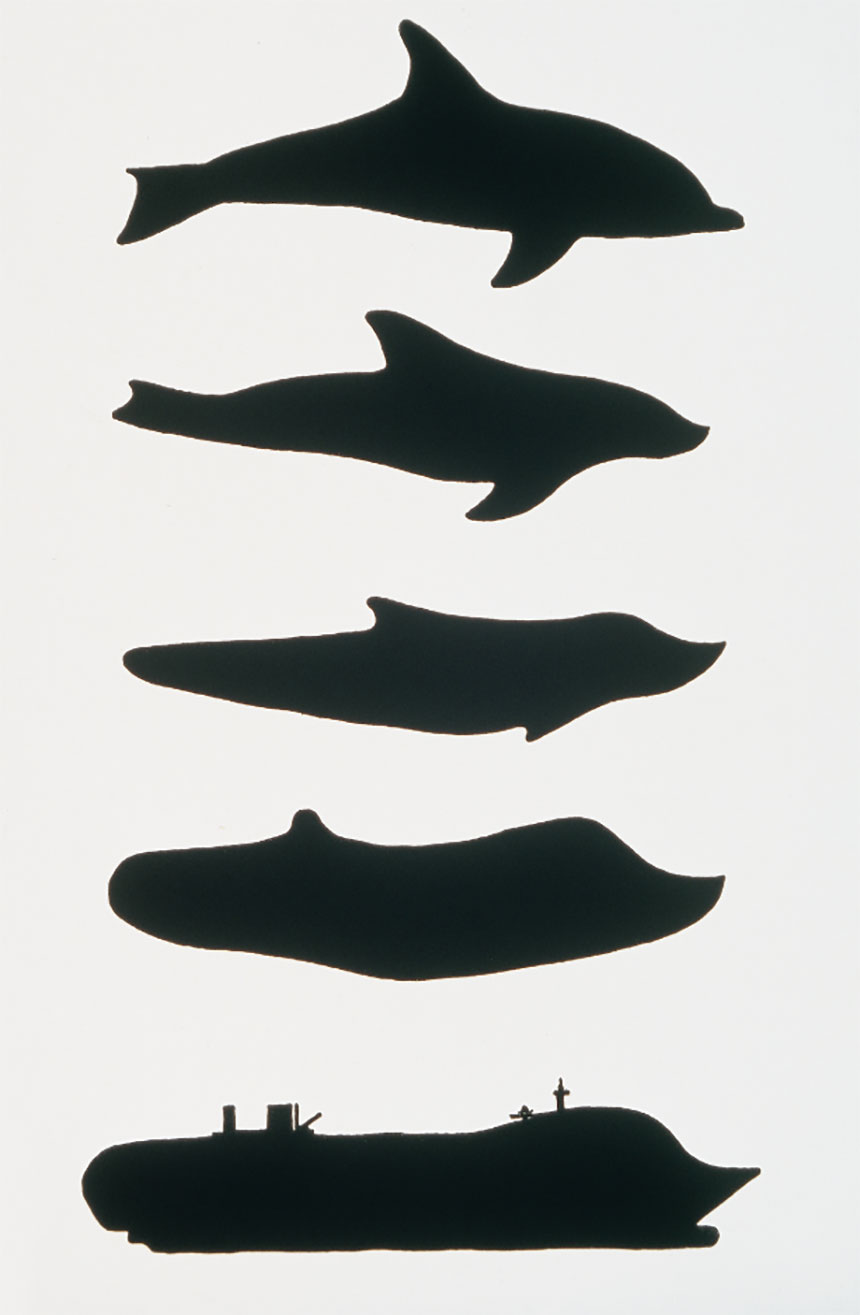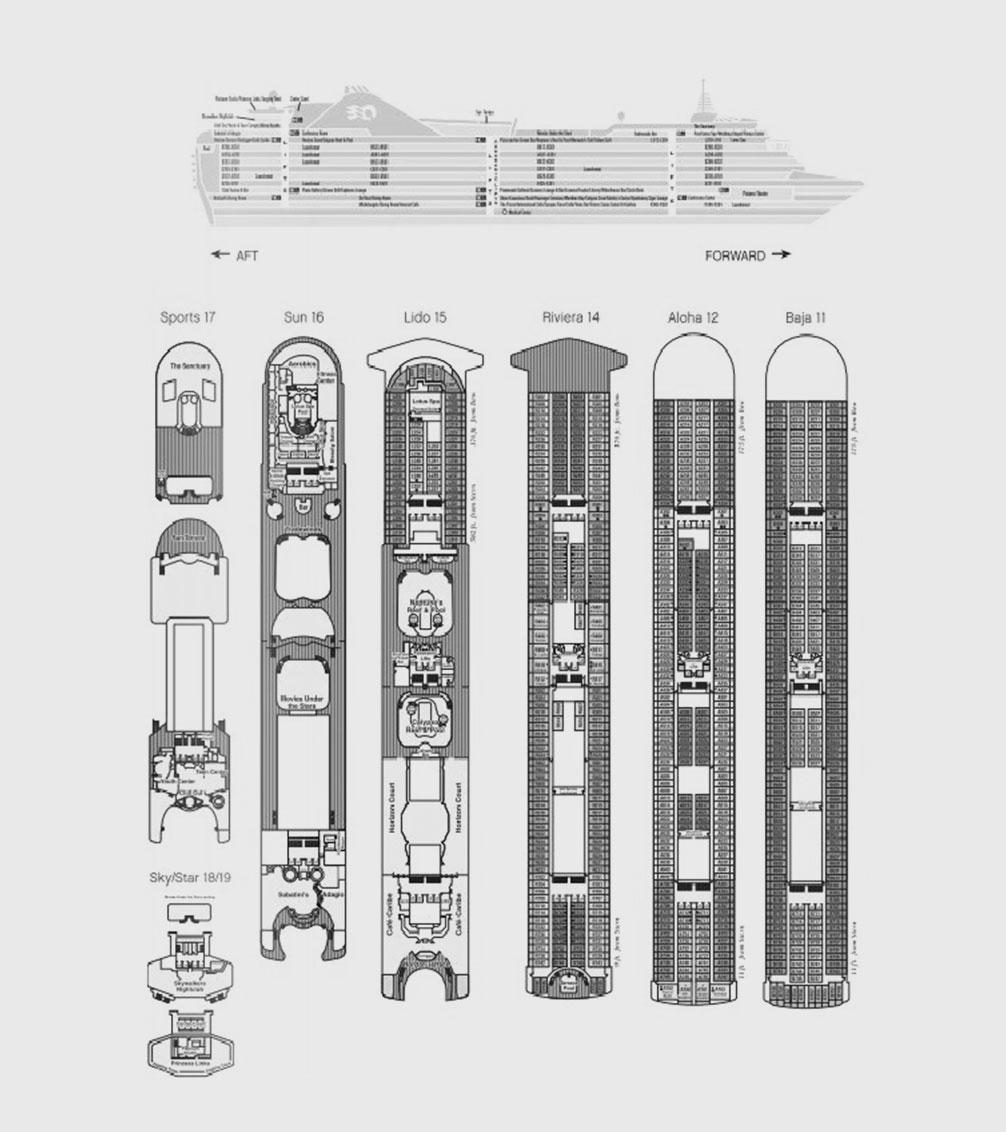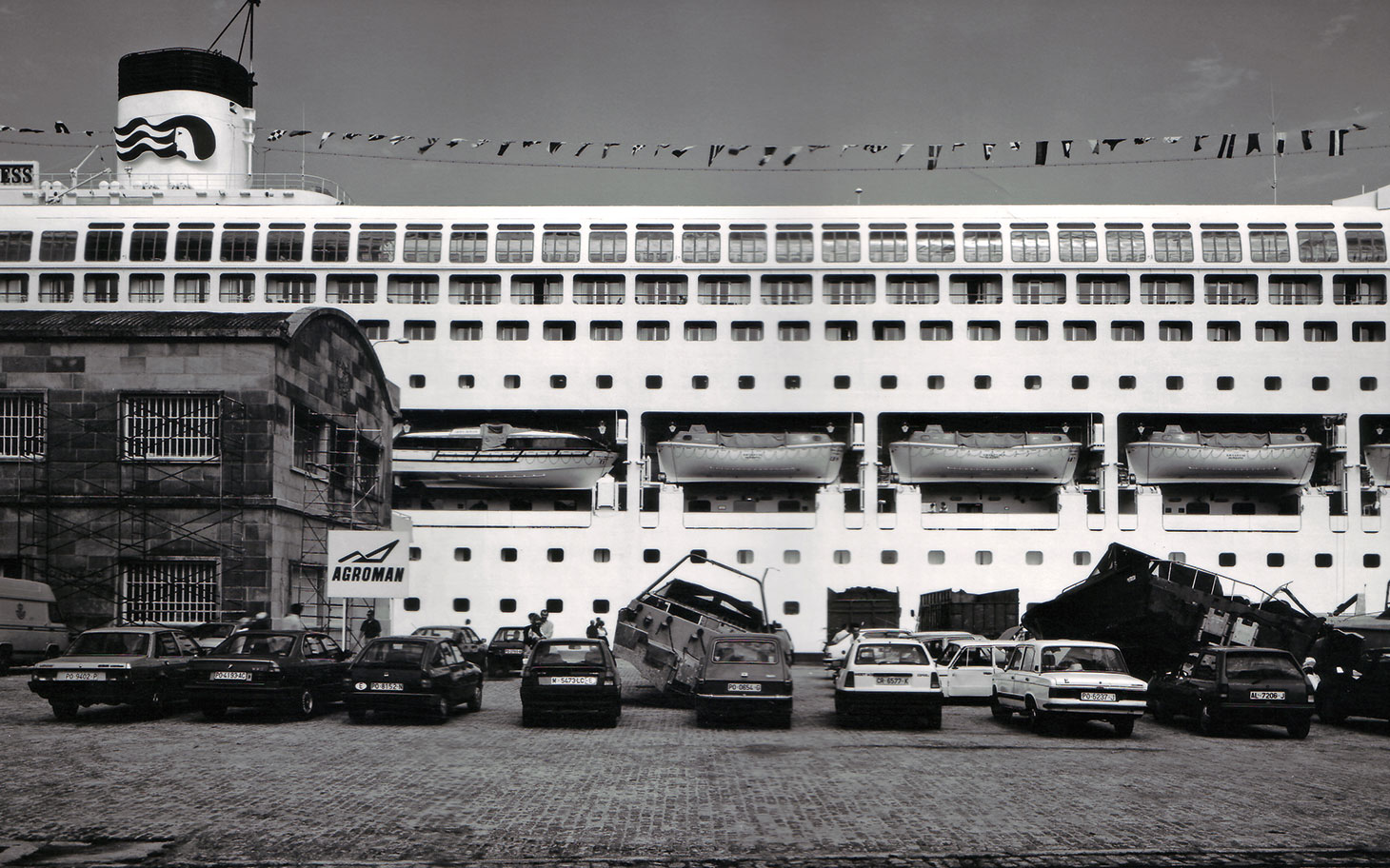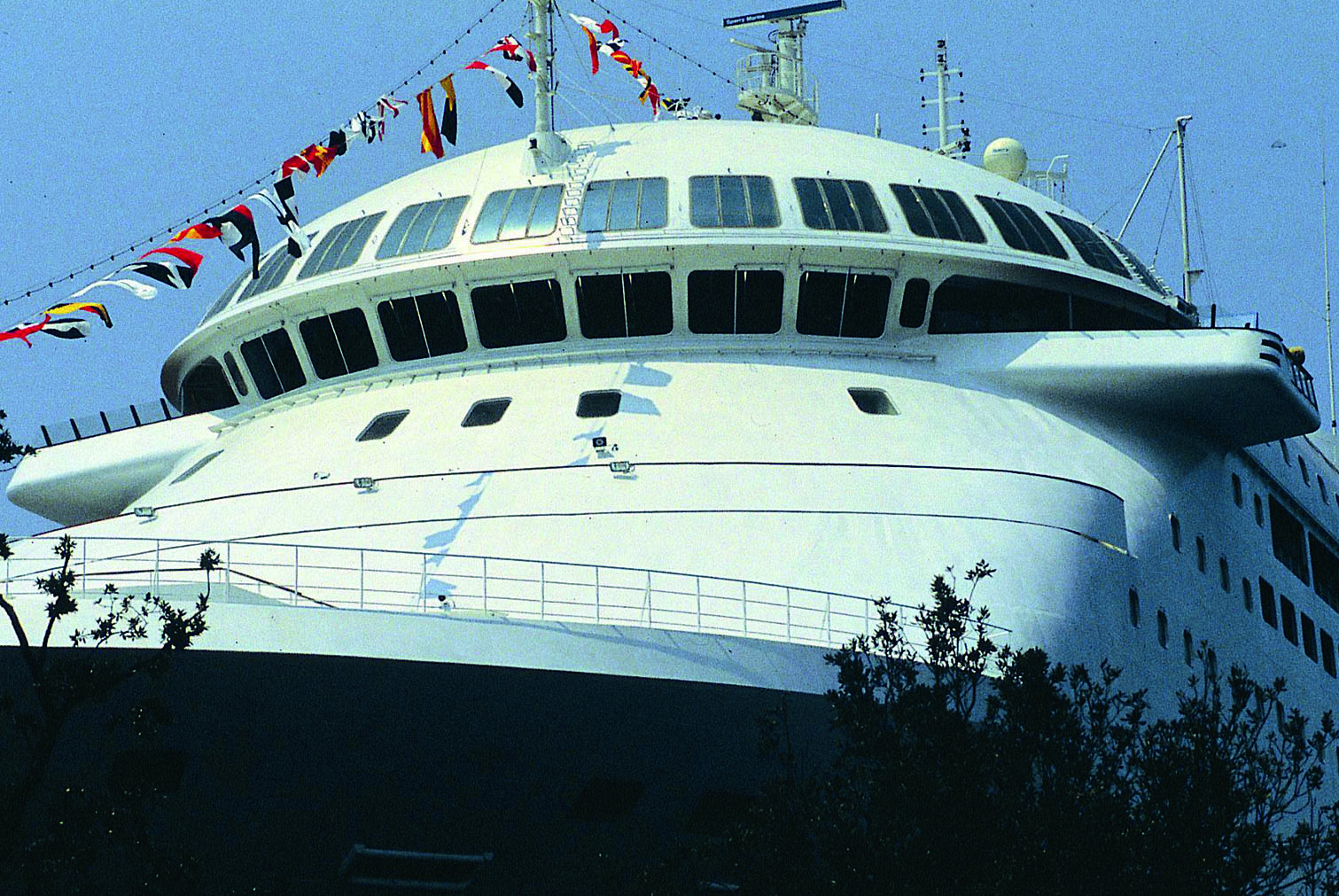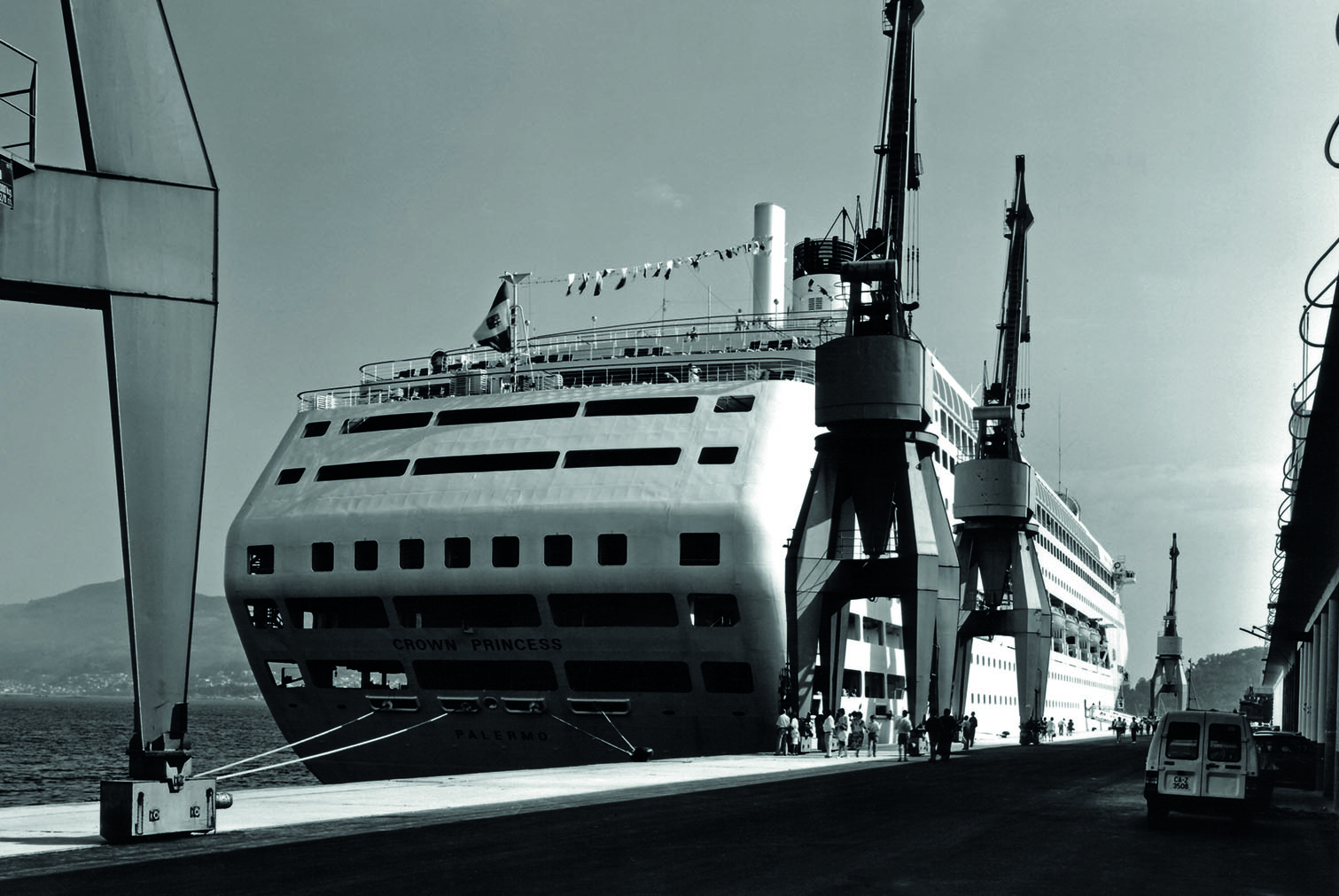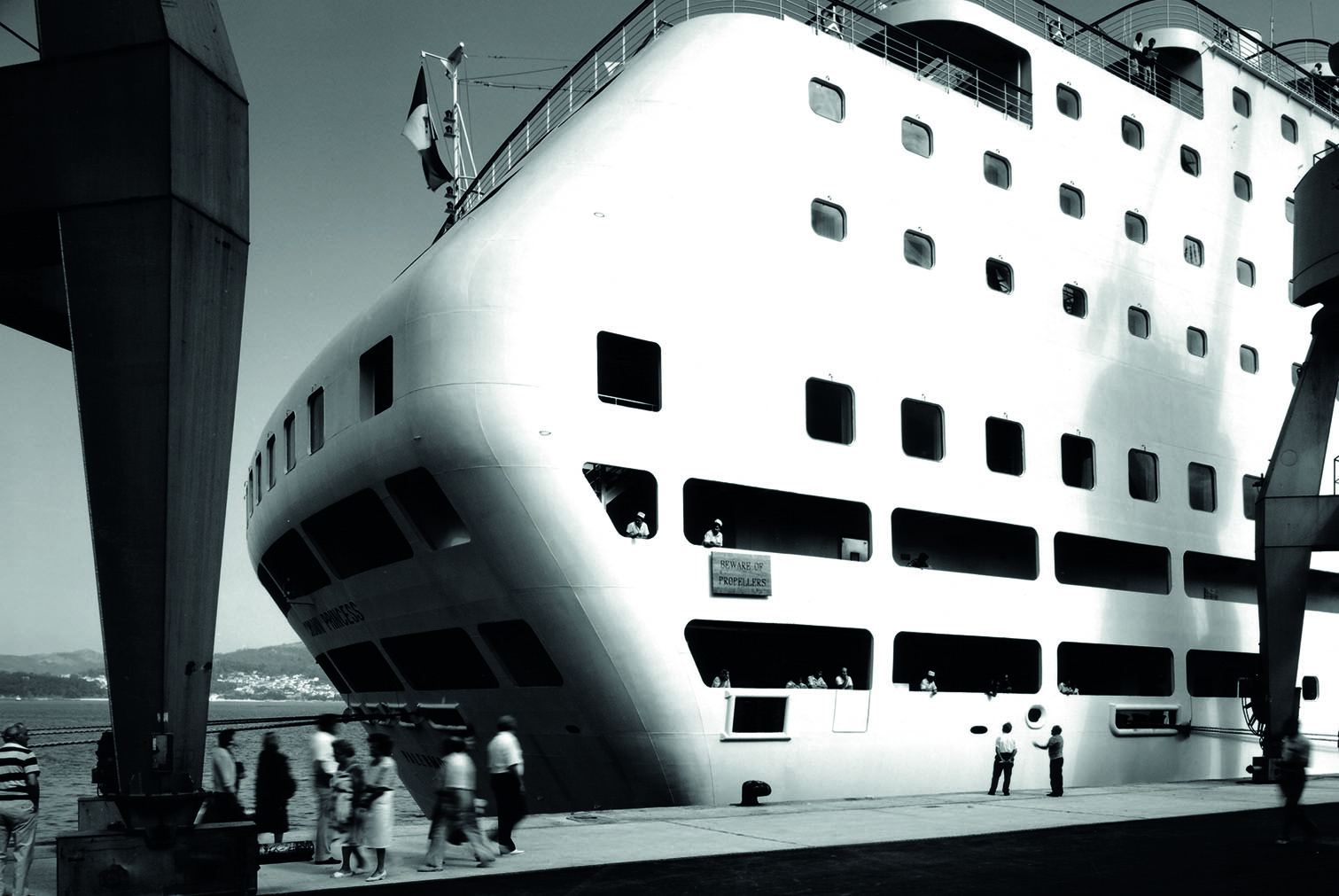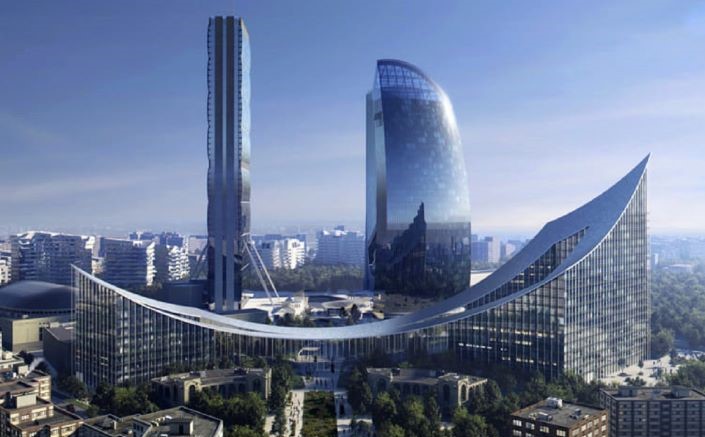He was born in Genoa in 1937 into a family of builders. He graduated in 1964 from the Polytechnic of Milan. He is among the world best known and active architects i, winner of the Pritzker been delivered by U.S. President Bill Clinton at the White House in 1998. He also won other prestigious awards including: Imperial Award 1995, Golden Lion for Lifetime Achievement in 2000 and the Sonning Prize in 2008. In 1971, he set up the “Piano & Rogers” office in London together with Richard Rogers, with whom he won the competition for the Centre Pompidou. From the early 1970s to the 1990s he worked with the engineer Peter Rice, sharing the Atelier Piano & Rice. In 1981 The “Renzo Piano Building Workshop” was established, with 150 staff and offices in Paris, Genoa and New York. In 1994 he won the international competition for the new Auditorium Parco della Musica in Rome, inaugurated in 2002. In 2004 he fulfills the Church of Padre Pio in San Giovanni Rotondo. In 2006 he became the first Italian posted by TIME in the list of 100 most influential people in the world and among the ten most important in the world in the category of art and entertainment. In 2008, after nearly ten years of design and work, it’s inaugurated the California Academy of Sciences in San Francisco, one of the most sustainable buildings in the world for the high quality of the selected building materials.


